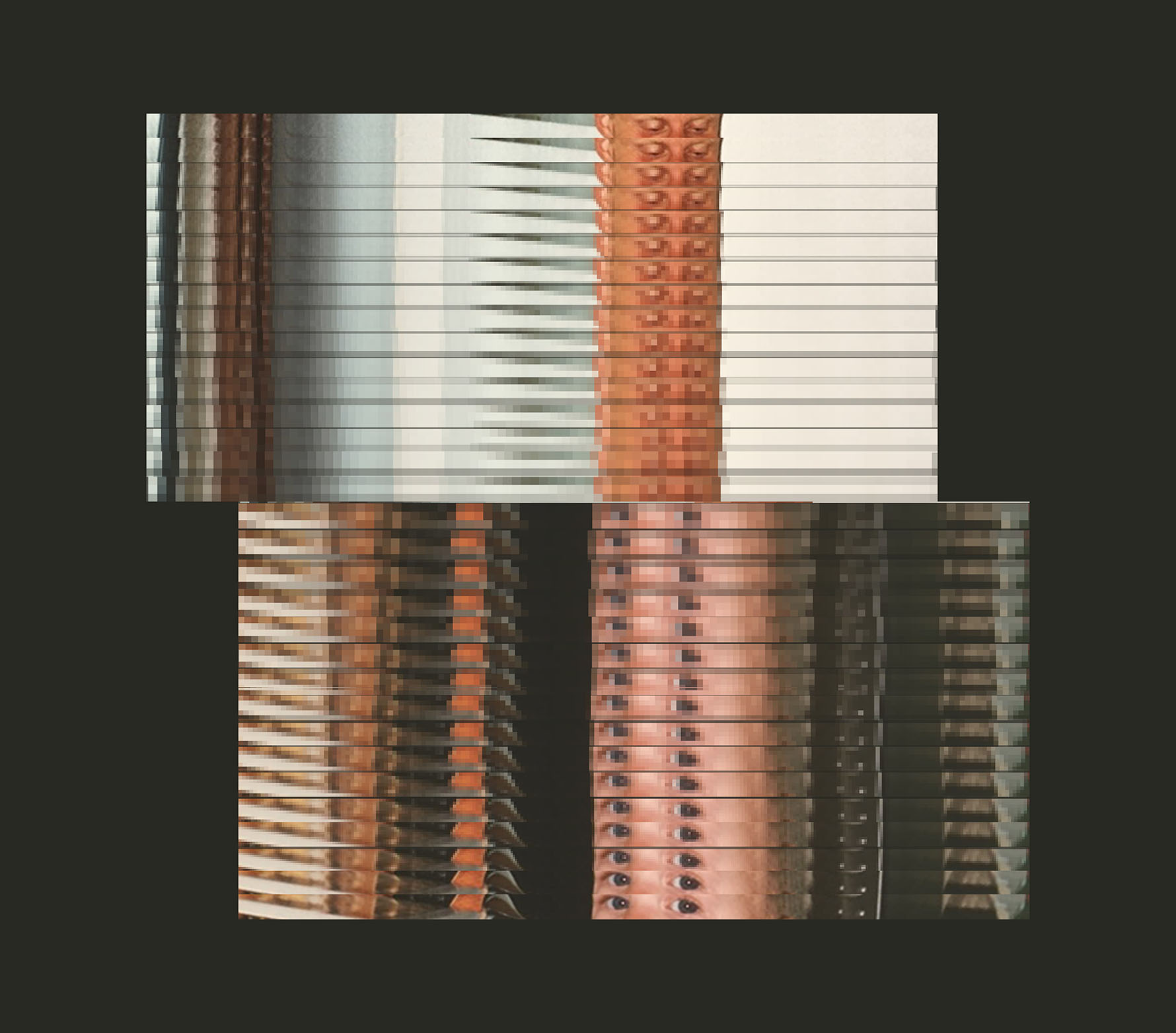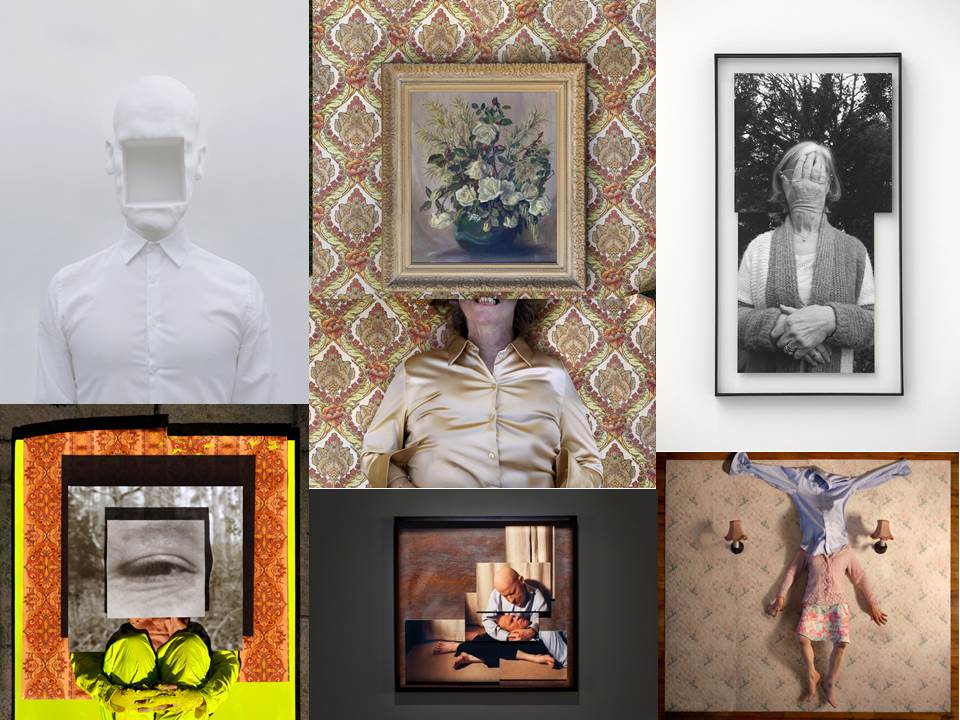
How do archives function?
Archives function through a collection of historical content, whether they are presented in tangible or intangible galleries, those of which do not have a physical presence are more common only in today’s memorabilia, a function that has strengthened the interpretation of archives due to the immense impact of technology. Archives can be approached with significance or just general well-being, depending on the historical impact of the image. Some archives can be selected and kept within high authority and expense, taking the role of extreme value if they represents historical events to the public domain. Going back to the tangible and intangible functions of archival photography, living in the new and advanced time period of today, we are able to capture the intangible functions a lot more frequently and effectively. Nowadays there aren’t many families that prioritize the belonging of dusty boxes filled with photographs and memorable objects to the family archive, although this function to family archive does definitely still exist – we prefer to access the ability of the internet nowadays. However strong this new and advanced way of archiving photographs may be, the greatest and most valuable archives that belong to society are kept tangible in the highest of museums and exhibitions all over the world.
What are their purpose?
These museums and exhibitions are set up in order to appreciate the archive many values, including religion, culture, and national treasure. Arranged in order, museums allow us to educated ourselves and others based on the ancestors that formed the present.
Not only can archival photography be used for this reason, they can also be used in modern context, giving support to the media, advertisement, news, documentary, fine art, identity and anthropology. Archives have a purpose of supporting these factors as they provide a sense of knowledge, visual history and most importantly, prove for those who reap a greater understanding of the subject.
How do archives act as repositories of cultural memories of the past?
In reference to the formality of archives and how well-respected they are presented within the many museums around the world, we can identify a role of repositories within archives as they support cultural memories of the past through displaying artifacts and materials which effortlessly create different impressions and inventories for the viewers along the way. Allowing the next generation to witness these sighting can allow past cultures to form a certain significance of the present and foreseeable future for the viewers. Over recent years, we can take the information given from David Bates text of Archives, Networks and Narratives and identify that artists have become increasingly more conscious of archival storage, some taking the next step and making the focus of their work entirely based on repositories of cultural value. US artist and photography Louise Lawler focused her work entirely on the responsibility of repositories, her work involves photographs that are featured in private homes, public museums and auction houses that function for the sheer taste and satisfaction of cultural remembrance in order for spectators to evaluate art.
In what way does photography perform a double role within archives?
Photography can perform a double role within archives as they can represent both a meaningful background for the artefacts of the museums and also a collection of archives that can present a sense of independence within itself, letting people appreciate the work for general interest they they may find aesthetically pleasing.









